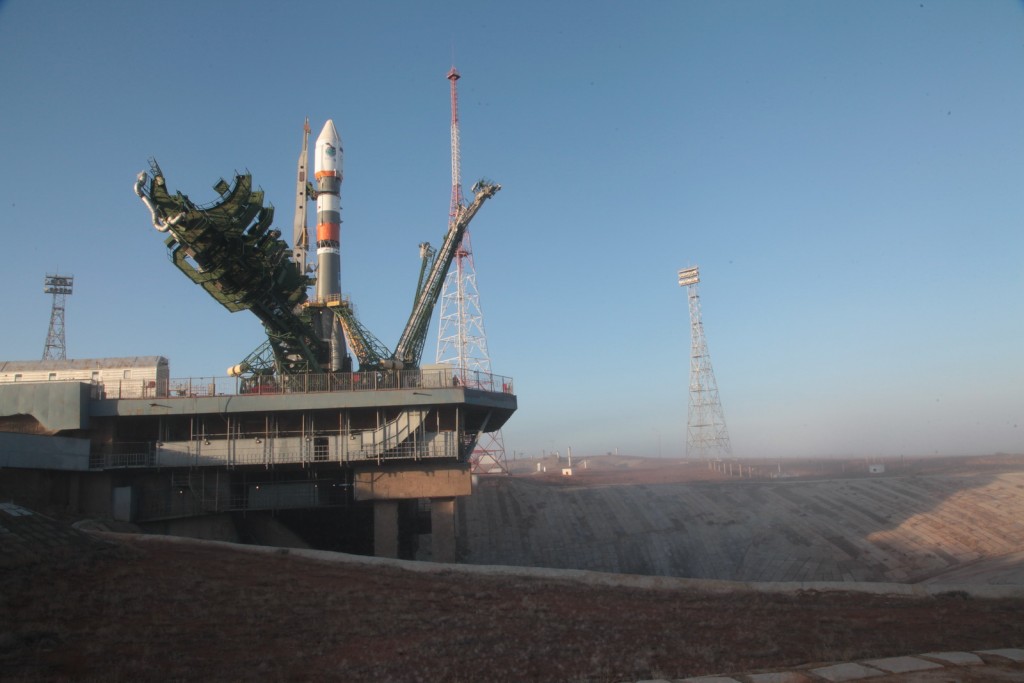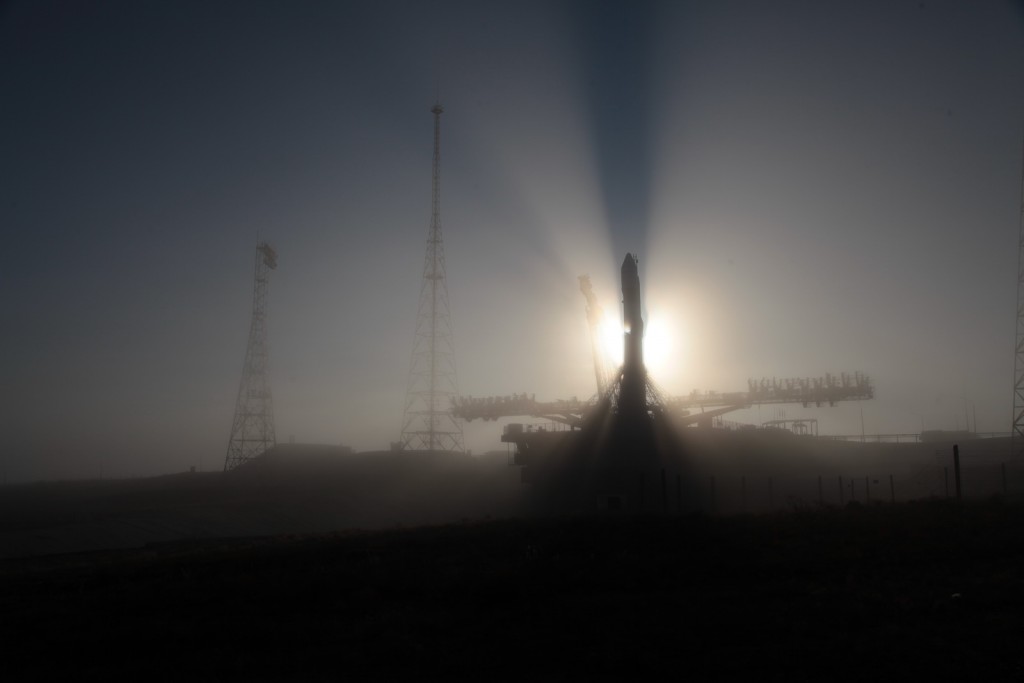The Diplomacy of International Courtesy?
"The use of hydrazine has devastated the environment around Baikonur, Kazakhstan, the world's most heavily used [satellite] launch site. Residents of the surrounding countryside have high rates of cancer. Reports of 'acid' rain, followed by the death of livestock, have emerged after launches."
"Russia, which leases Baikonur from Kazakhstan, has paid compensation for hydrazine pollution on at least one occasion. But with a stockpile of hydrazine-fuelled SS-19 and Proton rockets left over from the Cold War, it [Russia] has little incentive to stop using them. These old rockets enable Russia to compete in the commercial space launch market, which yields much-needed foreign currency."
Michael Byers, Canada Research Chair, Global Politics and International Law, University of British Columbia
"Any debris should be considered potentially hazardous, and first responders should not attempt to pick it up or move it."
Federal Emergency Management Agency public warning, Canada
 |
|
The fuel that is used to power Russian SS-19s is unsymmetrical dimethylhydrazine (hydrazine) which is a stable compound whose common use is to fuel missiles and to power the thrusters that are used to manoeuvre satellites in space. This compound is toxic, so much so that technicians working with it must wear pressurized hazmat (hazardous material) suits while they are involved in working with the compound. Hydrazine, on contact with air, degrades, becoming an even more toxic compound: nitrosodimethylamine (NDMA).
Europe and the United States take steps to regulate the use of hydrazine; both American and European-produced rockets make use of less toxic fuels to achieve the same ends, and the National Aeronautics and Space Administration as well as the European Space Agency are in the process of developing alternative propellants to be used in future satellite thrusters. Canada, additionally, lists hydrazine as a dangerous chemical.
A Soviet-era SS-19 intercontinental ballistic missile, modified to boost a satellite into orbit has a launch date in early June, from Plesetsk Cosmodrome in northern Russia which will take it to a trajectory where it will crash with highly toxic fuel on board, in the Canadian Arctic. The first stage of the missile will see it fall into the Barents Sea north of Norway and soon afterward the second stage will fall into Baffin Bay located just east of Ellesmere Island, in Canada's far north.
This will not represent a one-off or first-time event. In February, the second stage of a SS-19 fell in Baffin Bay, around 50 kilometres from Ellesmere Island, a location well within Canada's "exclusive economic zone", subject to its Arctic Waters Pollution Prevention Act. The second stage of a Soyuz rocket was dropped nearby as well in April, along the maritime boundary with Greenland. Impact zones, as it happens are predictable and quite precise, based on the parameters of launch site, rocket type and intended orbit.
Russia makes no effort to seek permission from Canada when its territory is impacted in this manner; which is to say, used as a dumping ground for toxic materials. On several occasions, the previous Conservative-led government had issued diplomatic protests when notified by Russia of incoming Russian rocket stages. While Russia makes no effort to seek permission from Canada, it does advise the Canadian government in advance of such launches and impact zones, whereupon a "notice to airmen" (NOTAM) is issued so aircraft are able to avoid such danger areas at critical times.
Canadian Inuit live nearby Baffin Bay at Grise Fiord and Pond Inlet. They travel on the water and sea-ice while hunting for traditional food. Baffin Bay supports large concentrations of seals, whales, polar bears and seabirds in its shallow waters and on its seasonal sea-ice. There are no scientific studies that indicate just how hydrazine interacts with the environment in Arctic conditions. Just an idea that it might react with the air, degrade into NDMA, and then be carried on the wind.
 |
| Photos: Soyuz Rocket Assembled for Resurs Earth Observation Satellite Launch -- Spaceflight101.com |
A cloud of hydrazine could drift anywhere from Baffin Bay; toward Greenland or Ellesmere Island. Some could entrench itself into sea-ice, which later drifts in a southerly direction in the summer months, toward Labrador. Canadians living in the Arctic are not notified of impending space junk falling in their environment or that if any does fall where they are located, to avoid it. In light of this situation, both the Government of Canada and that of Russia should be collaborating to avoid any potential problems over and above the littering of Canadian territory with space junk and dangerous compounds.
An international ban might be timely, on the use of hydrazine-fuelled rockets. At the very least, to alert other countries and corporations that contract with Russia to purchase their commercial launches, that there is an environmental danger inherent in the process with the use of this dangerous substance, in a world that has become sensitive to the damage we do to our natural environment. Every country could use a reminder that this is their responsibility. No country should be acting with impunity on this file.
Labels: Arctic, Canada, Environment, Nature, Russia, Science, Space

0 Comments:
Post a Comment
<< Home